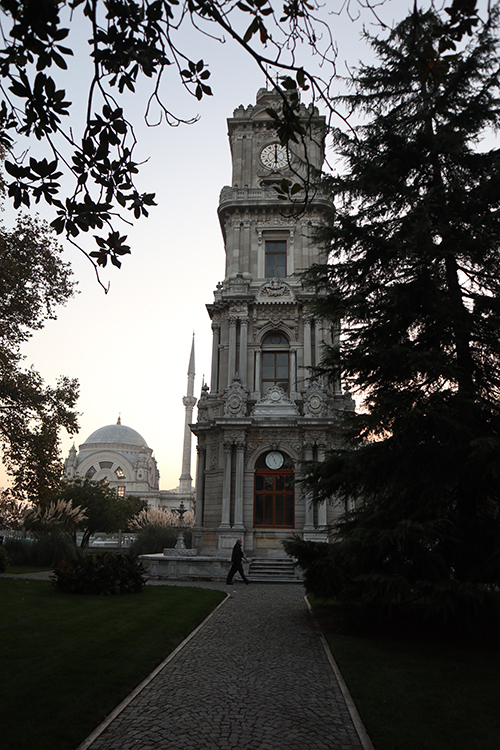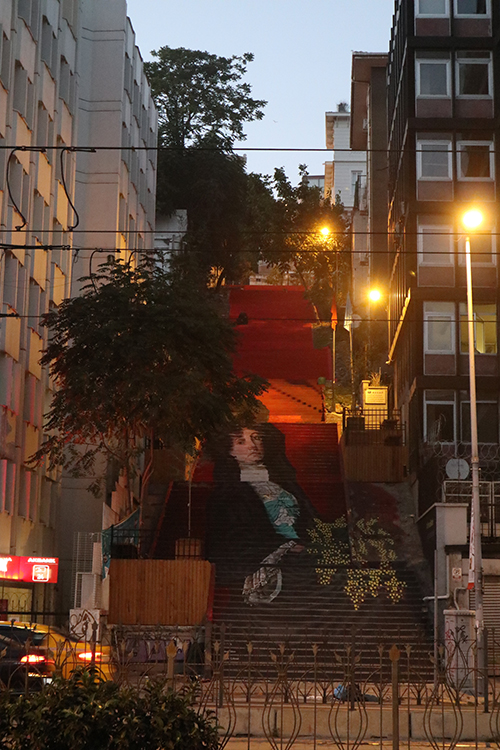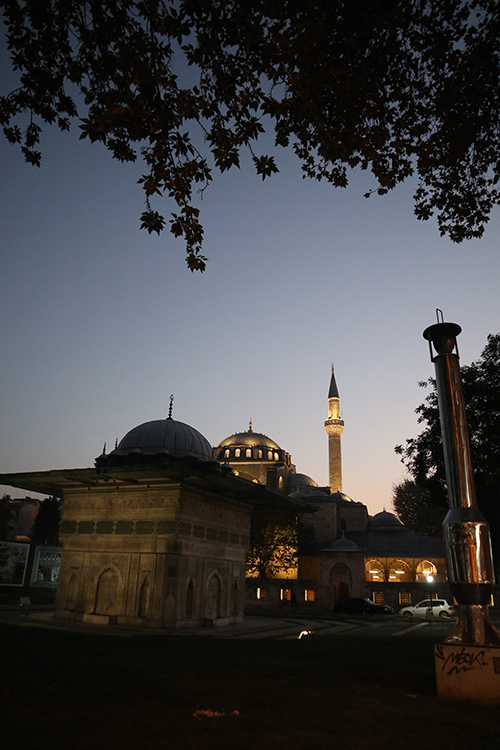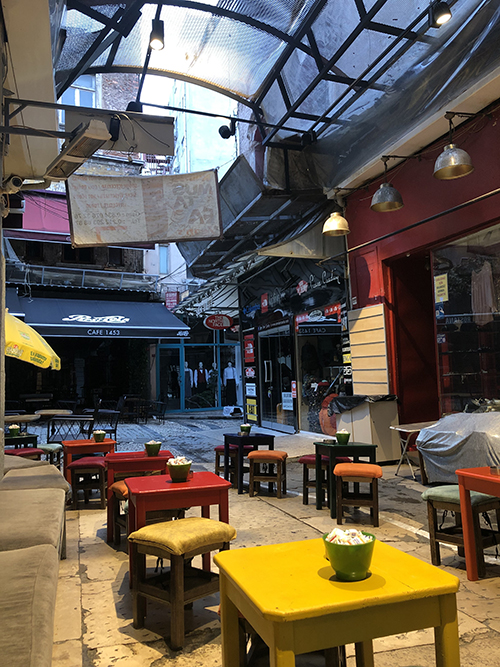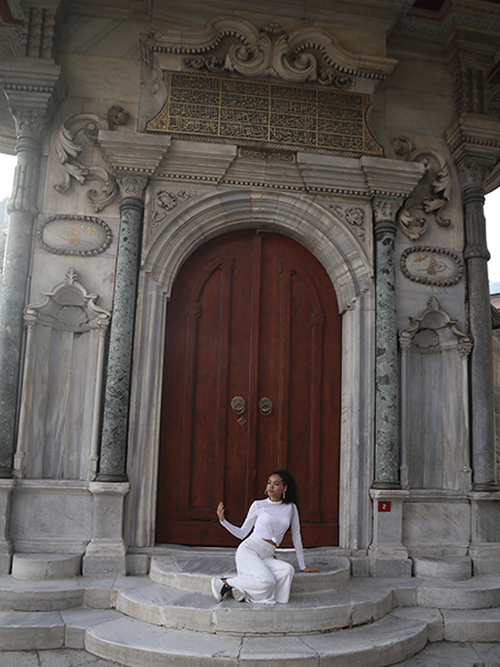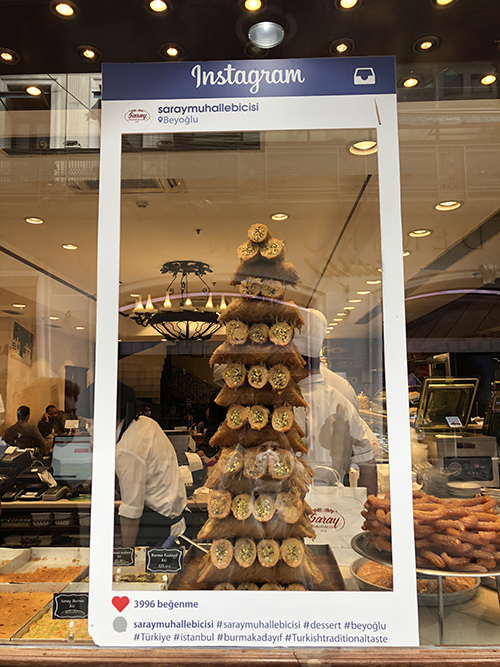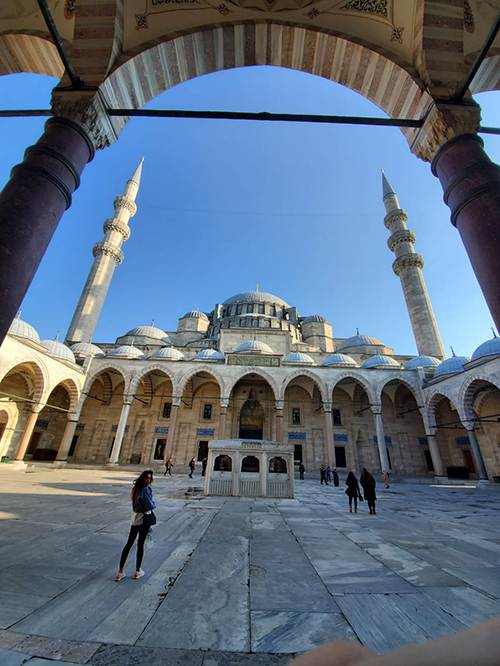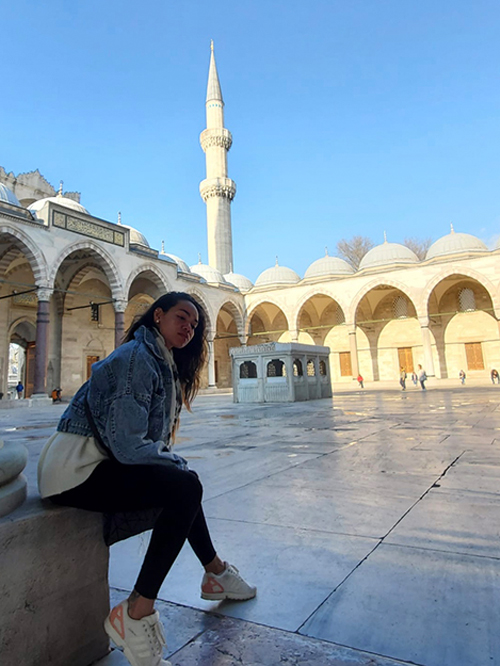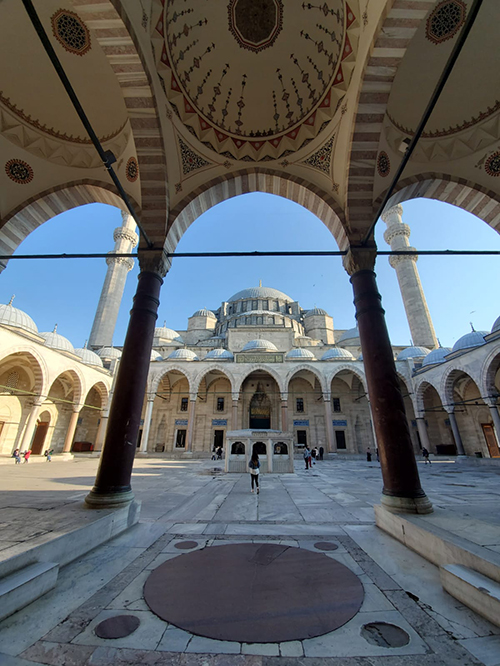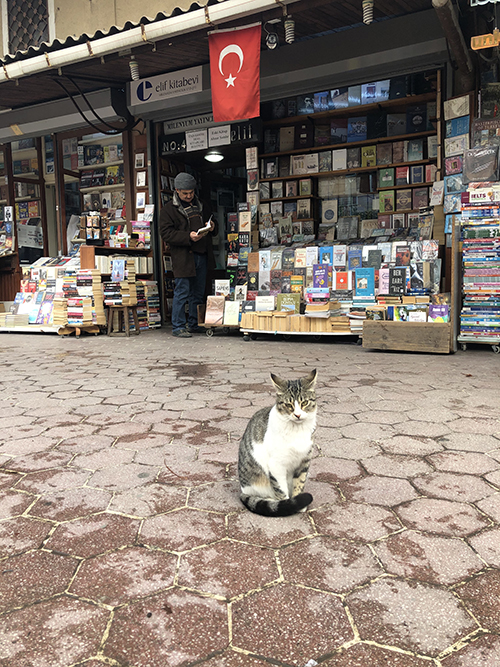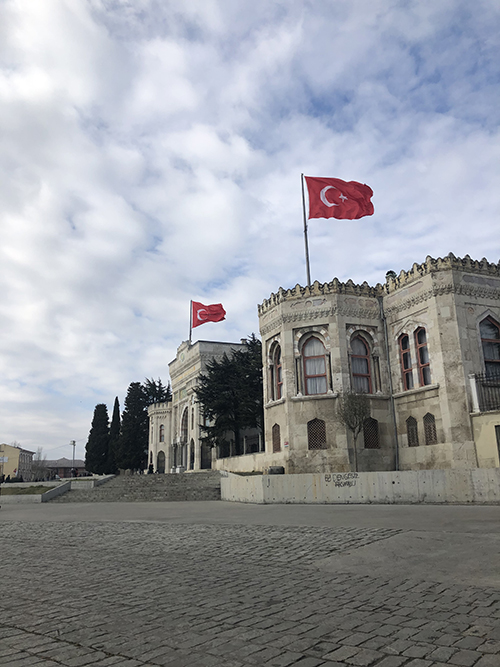It’s no surprise that Istanbul is one of the top tourist destinations in the world. It has something for everyone: from shopping to museums and historical sites to beautiful beaches. If you’re looking for an unforgettable experience that will make you feel like you’ve traveled back in time—or forward in time—then Istanbul is the place to go!
Istanbul is a city full of history and wonder, and a place to meet European culture and Asian cultures. The paths are adequate to cycle, the large and ancient trees all seem like stories, and the mild weather is interesting. This Turkish city is a vibrant cultural and creative hub that everybody must see in their lives.
Currently, İstanbul Havalimanı New Airport serves as one of the main connections to several airlines and destinies between Asia and Europe. Most of the layovers are long hours so Turkish Airlines offers to stop and drop services where you can see the city during your stop by leaving the luggage at the airport for small fees and then taking the bus for the tour directly at the airport. What a brilliant idea!
So, with transport or without it, here are Istanbul’s top 5 tourism spots you can see in 72 hours or less:
Blue Mosque
The Blue Mosque was built with Ottoman and Byzantine designs in mind. During the Ottoman Empire, Sedefar Mehmed Aga’s architect was responsible for the design of the Imperial Mosque. It is as vibrant as ever.
Incredible mosaics of thousands of handcrafted ceramic tiles line the rotating walls. All of which matched in some manner with a vast array of designs and colors. In addition to this, stuck glass covers the walls in several layers. The huge chandeliers that are hanging from the ceilings are astonishingly low.
Opposite the Ottoman royal residence, you can find the Sultan Ahmed Mosque in Topkapi Palace. It connects Hagia Sophia and the Byzantine Hippodrome. The site’s location resulted in unfavorable opinions. This was especially because instructions were given to demolish many of the existing Palaces which were owned by the Ottoman ministers.
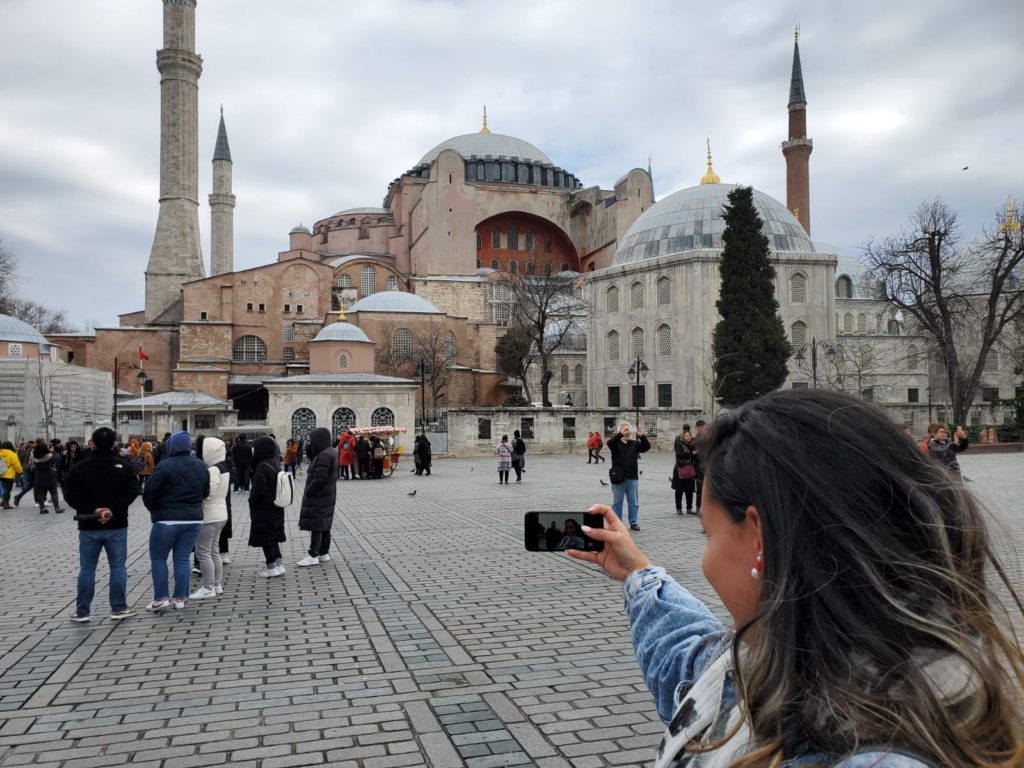
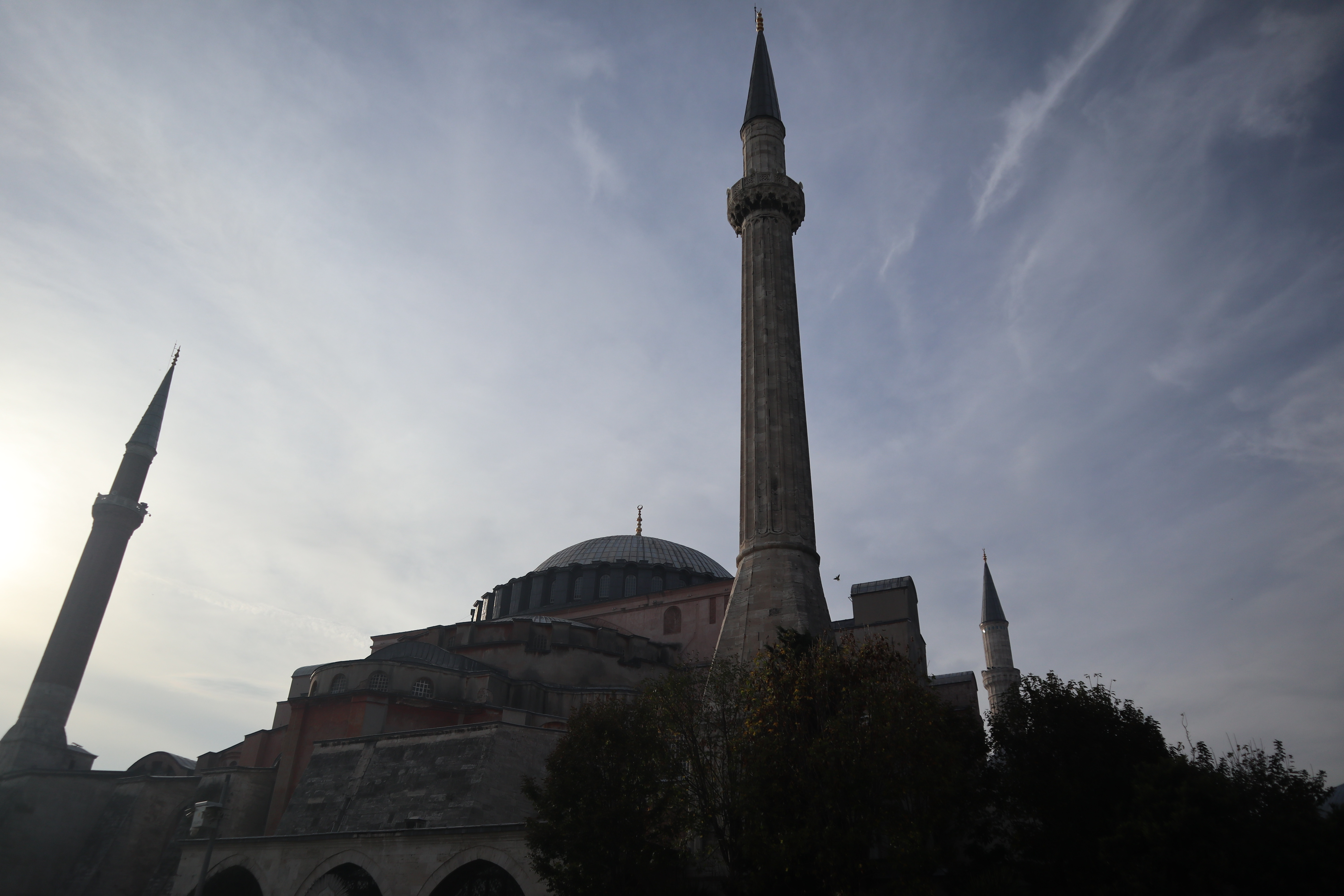
Mosques are important spaces, not just because they’re places of worship and prayer, but also because they’re often the central point of a community. They are where people come together to celebrate holidays and their traditions, and they serve as a place for people to meet and share meals. blue mosque is one of the first mosques with six minarets ever built (previously, mosques could only have four).
At the corners of the prayer hall, you can find four of the minarets. You can find the remaining two on the outside of the courtyard. These minarets each have several balconies that adorn their lean shape.
More than 20,000 ceramic tiles, as well as those on the lower level of the pier, protect the Blue Mosque. They were all made by hand. Although the higher level has a more modern style of decorations, the lower level remains traditional. A graven niche of marble placed in the middle of this wall guides the believers in the right direction. To its right, an ornamental roof envelopes the wide and thin marble pulpit.
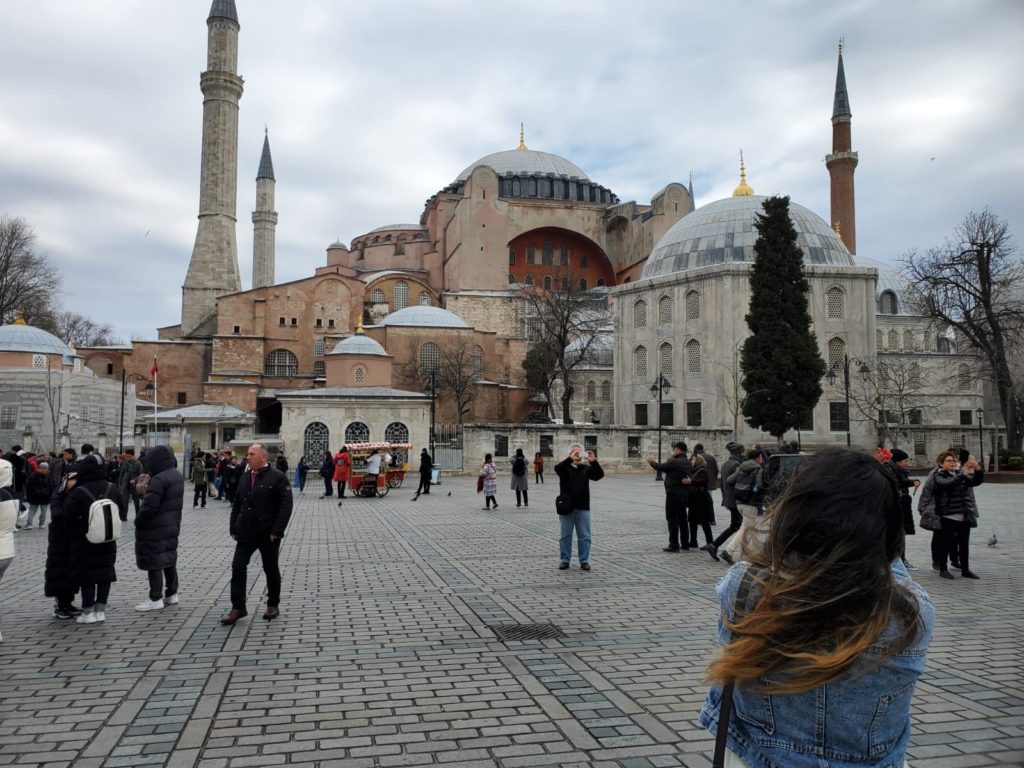
The typical tile motifs such as cypress trees, tulips, flowers, and fruits evoke a view of a lush paradise. Sultan specifically made requests for these for the building’s construction. The sumptuous use of interior tiles was the first in the colonial style of the Ottoman Mosque. The function of natural light from 200 screens highlights the tile’s complexity. Each has its half-domes and sidewalls that permeate the main dome. Originally, these windows featured stained glass in Veneto.
Initially, the stained-glass windows had allowed for complete illumination of the Mosque. However, this changed with the addition of several chandeliers. Like everything else in the mosque, the chandeliers are also decorative objects.
Galata Tower
In the neighborhood of Old Pera, the Galata Tower is one of Europe’s most famous destinations. A medieval stone tower after its discovery in 1348, it now serves as a prison and a fire observatory in the Galata region. After the rebuilding of the Galata Tower, it saw its official opening after the revolution in 1967. The tower has a cafeteria above, and after the last restoration in 2013 they built a nightclub.
It’s not the sort of building you just walk into. You have to climb up it. And then climb some more. And then once you’re there, you have to climb down again, because the stairs lead to the panoramic terrace, 51 meters above the ground!
Inside the hotel, on the entry stage, there is a tiny souvenir shop across from the ticket office. The top reaches today contain a coffee shop, a bakery, and a bar—but they’re all accessible through the lift in the nine-story building with stunning views.
It’s no surprise that the 99 Ft. high tower (66.90 meters), with tourists heading up from the rooftop to see Istanbul with a breathtaking panorama of 360 °, is a tourist attraction. In 1794, an alcove was added to the tower after it was damaged by fire, even though Selim III (the sultan at the time) had ordered its destruction in 1793. What is surprising is that it took so long for this attraction to be built! Over the years, the tower has been damaged by fire and rebuilt twice more than once.
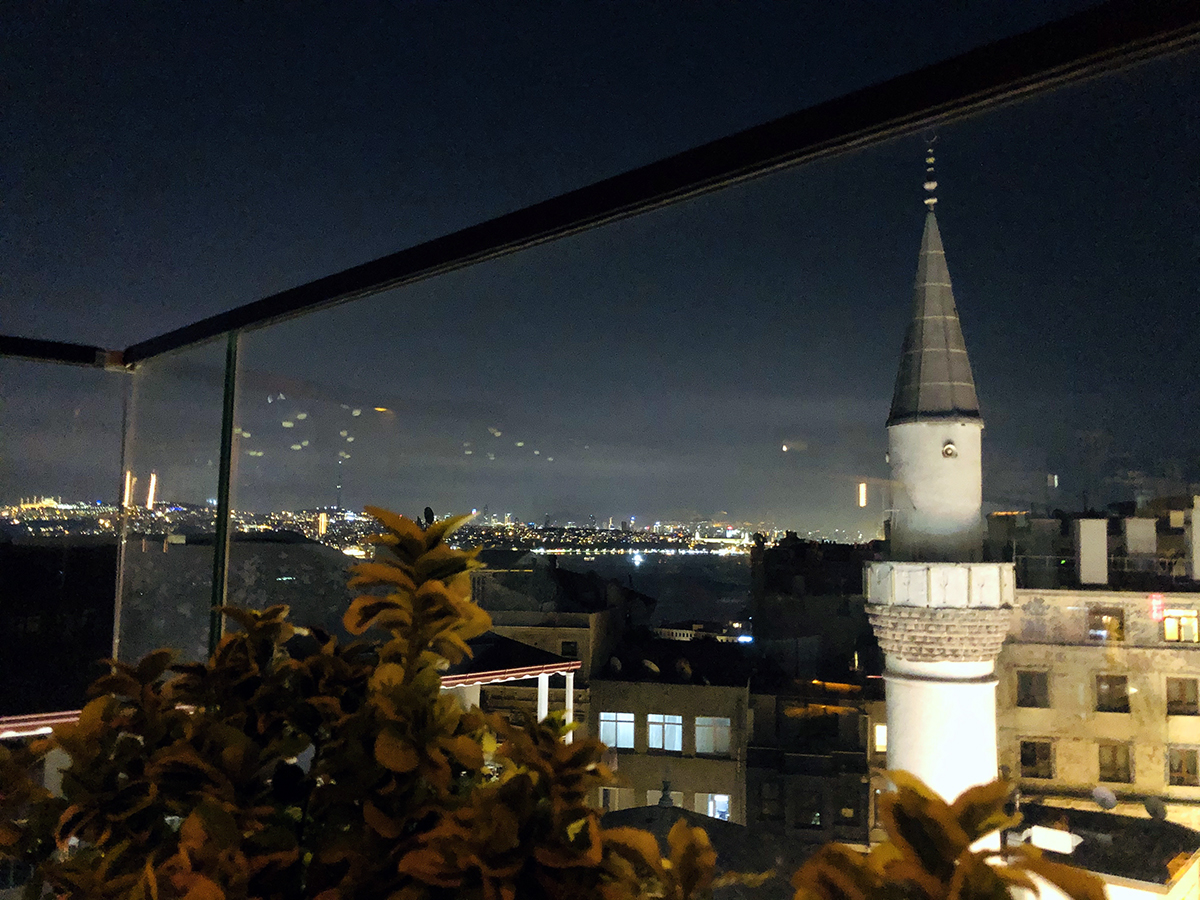
It’s no secret that the Galata Tower is a famous landmark in Istanbul.
Following the centuries, the singers and fire patrols would be the ones mainly using the Galata Tower. It is now a private company-run restaurant despite suffering explosions and floods. The final two floors will carry you through an elevator to the 7th level, one of the hotels with a 360-degree Istanbul view.
The Tower of Galata is by far one of the most significant tourist attractions in Turkey and not just in Istanbul.
Grand Bazar
Travelers who like to shop should not skip a pass to the Grand Bazaar. This is especially because it has over five thousand stores rendering it one of the world’s biggest indoor markets. The Basin includes things like shoes, moving and hand-painted carpets, herbs, antiques, and carved tiles, attracting over one-quarter million guests annually. The business has seen countless updates throughout its long history. In addition to having several columns, the Bazar’s walls also have beautiful details. Stores and other market areas are likely to meet all your needs. In the south of the Cevahir Bedesteni is host to ancient products. There’s a labyrinth of roofing lanes, lined with shops and stalls, which offer every Turkish souvenir and craftsmanship you could imagine.
The main area of the Grand Bazaar has 64 streets and 22 entries but it is also considered to be a market area for the whole area surrounding the historical Bedesten.
The Grand Bazaar experiences are what make the discussion and the negotiation with the sellers, who often speak fluent languages more than one. Dozens of retailers sell similar products next to each other, rendering trading and customer service important. Accepting tea doesn’t mean that any party has signed the deal, but rather it’s the Turkish way. If you don’t like the offer, go to another location and find a better deal.
The Grand Bazaar is a place of wonder, discovery, and tradition.
The Grand Bazaar in Istanbul is a must-see tourist destination. It’s home to the most beautiful clothing, jewelry, and art you’ll find anywhere. If you want to be able to say that you’ve truly experienced Turkey, you should also make sure to visit the workshops where local artisans create their wares. It also a great place to buy unique gifts for friends and family at reasonable prices. You can even have items made just for you on the spot by one of the many artisans who work there!
In the Ottoman era, craftsmanship in the style of Istanbul utilizing valuable materials became familiar. This, as a result, caused the establishment of the impression of the town as an artisanal regional hub. There are currently cinematic groups of articles known to be authentic in Istanbul: gold chains, rose-cut pieces, pearls, golden coin jewelry, and belt buckles, among others. Some artisans dealt with the original designs, while others are skilled in acting on the orders of a client.
Have you ever heard of the Süleymaniye Mosque?
This is one of the most famous mosques in Turkey, and it’s one of my favorite places to visit in Istanbul. This mosque has minarets that reach a height of 75 meters (246 feet) and a central dome that’s 53 meters wide (174 feet). It was built in 1616, making it almost 400 years old. But why did they build it this way? Well… The walls are white with gold trimming—and if you’re anything like me, you’ll want to take your shoes off just so you can walk around inside. After suffering fire damage during World War I and being used as a weapons storage facility during World War II, in the early 1900s.
Suleymaniye Mosque
It’s hard to miss the Süleymaniye Mosque in Istanbul. The structure is massive and sits on a hilltop overlooking the city. In the heart of Istanbul, there is a mosque that has become one of the most famous landmarks in the city.
The gateway to the mosque includes a road with a central fountain, as with all the colonial mosques in Istanbul. The outside façade has a decoration of Iznik tile window glasses in rectangular blue. This mosque complex consists of several houses, built as clinics, Qur’an, elementary schools, public baths, etc. There is a minaret, two high and two short, on each corner of the courtyard. Four minarets for mosques provided by a Sultan have historically been used. Two minarets could be designed by the Princes and Princesses; just one more.
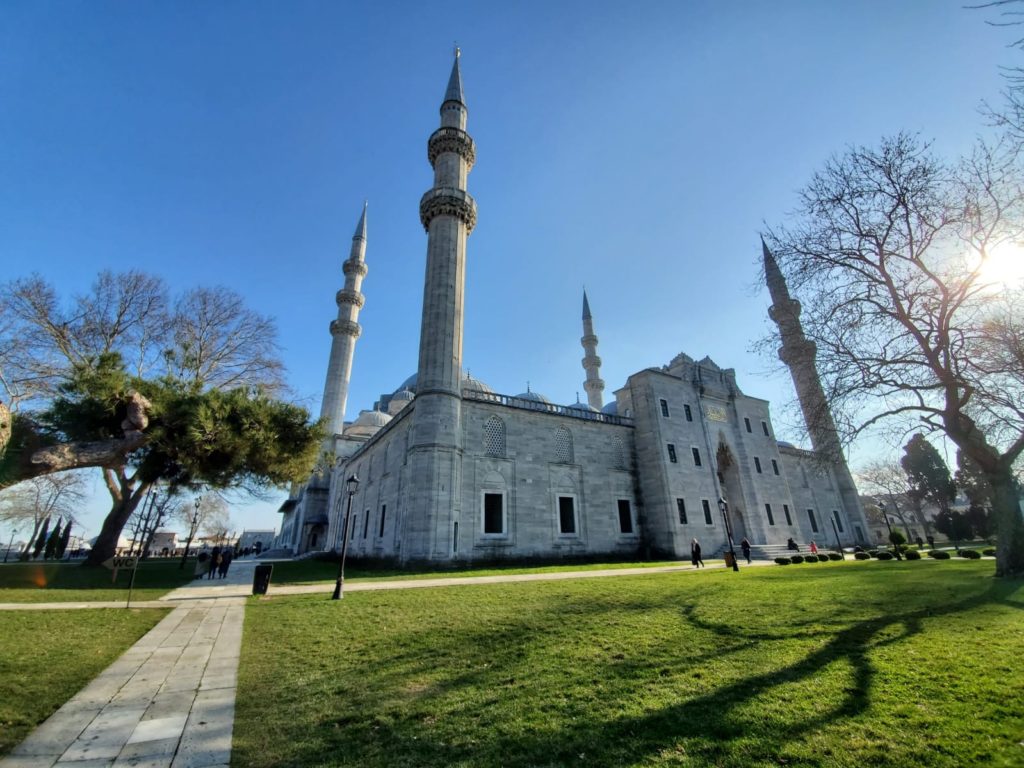
The building’s dimensions
This mosque is a place where you can feel the presence of nature and its unpretentious simplicity. The four columns inside are from various places around the world. The dome is 53 meters high and 27.5 meters in diameter. The perfect design aided by the supply of 32 screens, enables the mosque’s natural lighting. Its outstanding acoustics come from every corner which enables superb noise detection. Furthermore, the empty pots under the dome can also be an explanation for the superb acoustics.
For many Muslims, this holy place is where they go to find peace with Allah. It’s where they go to pray and find solace after a long day of work or school.
Sahaflar Carsisi
The Sahaflar Carsisi bazaar is an old bookseller’s spot, a place where book lovers and bazaar hunters can find second-hand manuscripts, maps of the past, the Qur’an (in several languages), ancient texts, and other uncommon discoveries. It includes not only thousands of important authors but also 556 past years. In the year 700’s Umayyad made the first use of book sales in Andalusia. Baghdad was the second base, and the Ottoman Empire was the third center. Between Bursa and Edirne, the first cities, established libraries in the Ottoman Empire settled in Istanbul. rand Bazaar saw transform into a hub for printing and literary exchange, while it transformed the region of Beyazit during the Ottoman period.
In Old Book Sellers Bazaar there are 50 shops and 300 people are working in Grand Bazaar. For 456 years until 1894, the Old Book Sellers stayed in the Grand Bazaar. In 1894, Basar’s life in Beyazit continued. The Grand Bazaar is a great proposition when we look at the 120 years of history of the Old Book Sellers Bazaar. Some days had special protection for those who liked the novel.


